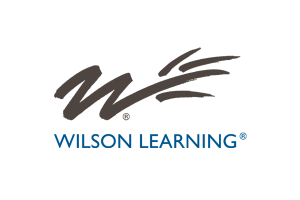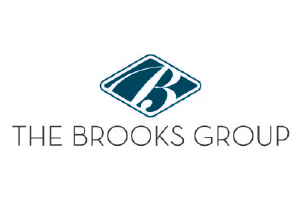Why doesn’t training work?
It’s not the material — there’s plenty of great content out there — nor is it a matter of disengaged participants.
The problem lies with two issues: concept and application. There are remedies for both, but they aren’t easy.
Technical Challenges and Conceptual Challenges
There are two categories of challenges in business — and, I’d argue, pretty much everything else in life: the technical and the conceptual.
By “technical,” I mean “technique.” Technique is the skill power. For example, if a buyer says that a service or product is too expensive, the salesperson’s ability to overcome that objection is a technique or technical competency.
The conceptual challenge, on the other hand, is the willpower — the war between the ears. If someone knows what they’re supposed to do in a given situation but they aren’t doing it, what good is the technique?
Here’s the bottom line: As my colleague Carlos Garrido says, “When you add competence with confidence, you get conviction.” People must practice mindfully to be able to execute mindlessly. Unfortunately, in that regard, many organizations miss the mark.
Behavior, Attitude and Technique
Effective skill development has to include the big three: behavior, attitude and technique. Most (though not all) training tends to focus largely on technique (technical competencies). Sales training, for example, tends to focus on topics like questions to ask, when and how to ask them, when and how to discuss budget, how buyers make decisions, how to prospect effectively, and so on. These competencies are important skills; however, the challenge is that change is hard, and the human instinct is to fight it.
We can get used to anything; humans are resilient creatures. However, our default is to stay where we are, unless the pain of doing nothing outweighs the pain of doing something. If it’s our intention to disrupt a hardwired default setting, addressing techniques, behaviors and attitudes together is critical to affecting true, tangible, long-term change — or, as my colleague Hamish Knox says, “transition.”
The Parallels With Physical Fitness
We can illustrate the behavior, attitude and technique principle by comparing it to fitness: Technique is knowing how to do an exercise; behavior is going to the gym; and attitude is the belief that if you do it enough times (and make some sacrifices), you will see sustainable results. If you learn how to do a good squat but don’t go to the gym or eat mostly calzones, does it really matter how well you’re capable of performing the exercise?
People don’t want training; they want results. Let’s accept that statement to be true; now, consider how people learn and what it takes to produce results. A single training session can be enough to learn to do a squat, but behavior — the habit of going to the gym on a regular basis to do the squats — can’t be taught in a single session. In addition, modification can’t occur without consistent reinforcement, and no one can teach the unwilling. In the workplace, then, learners must have both a professional and a personal commitment to change the very same aspects that provide them with the comfort that they may intellectually lament yet instinctually fight to maintain.
Lastly, squats only provide so much challenge. Over time, the body adapts — which is both good and bad. It’s good in that there’s progress and bad that the body now needs to do more in order to achieve greater results. Attitude will keep a person pushing boundaries by increasing the number of squats, speeding up the time spent in a squat or holding weights while doing the squats. It’s that pushing of boundaries that increases the challenge and helps achieve a real change.
Drinking From a Fire Hose
Often, participating in training can feel like receiving a flood of information, either entirely new information or a new lens through which to see something already known. In either case, human cognition can’t absorb everything at once, which is why we say that we need “executive participation, not merely sponsorship.” We need leaders within the organization to be on board with reinforcement. We need the right people coaching, mentoring, supervising and training, and mapping what employees are learning to the process and systems required to scale. It doesn’t matter how great the content, tools, technology or trainer are; if employees aren’t using what they learn consistently, it’s like having a brand-new Ferrari in the driveway with no gas in it.
One sip of water from a fire hose will not solve long-term hydration issues. An effective training program will commit to long-term support, incremental change, practical “real world” application, coaching, debriefing and ongoing leadership participation. To realize true transition, the training needs to be a water fountain, not a hose — a resource learners return to again and again, keeping up the development of new habits until they become engrained.
With training in good technique, bolstered by training in attitude and behavior, it is possible to overcome the inhibitions that can prevent successful execution. But, be forewarned: It comes with a cost. When looking for training of any kind, make sure that you are addressing all sides of the equation (conceptual and technical), and consider the personal, professional and philosophical investments required to produce real results.










